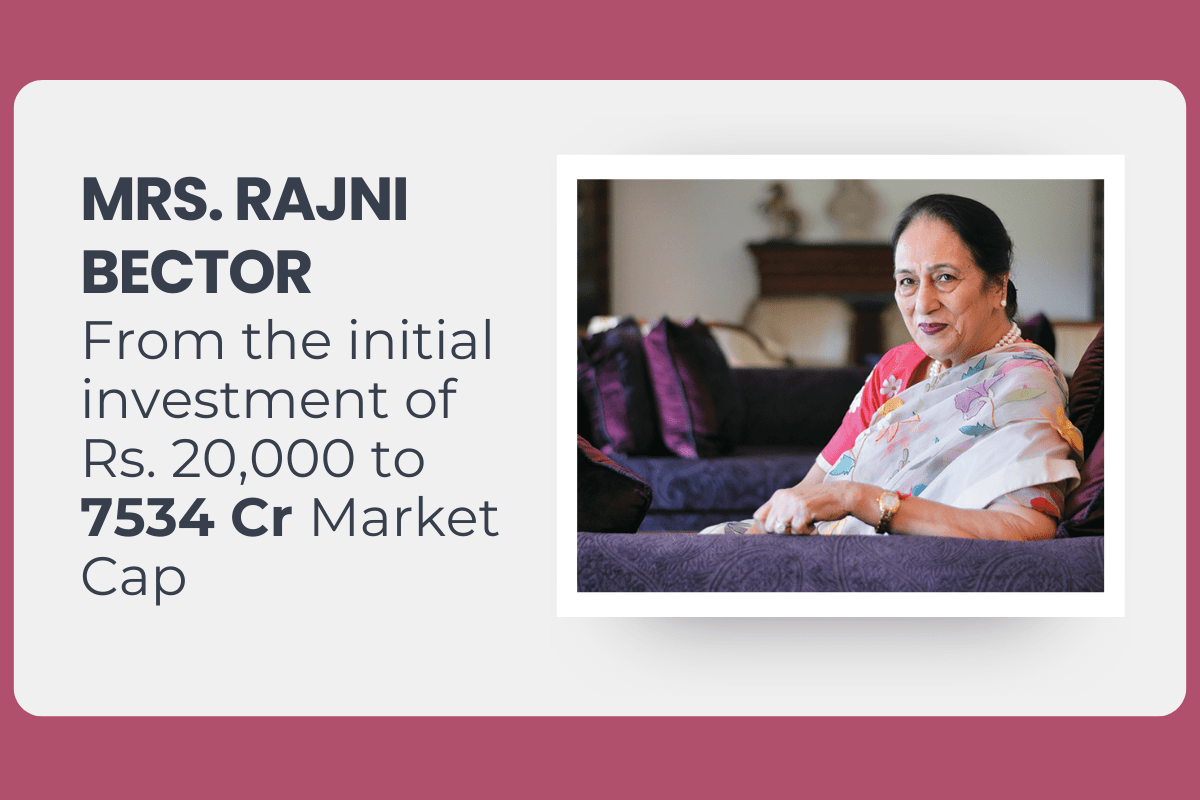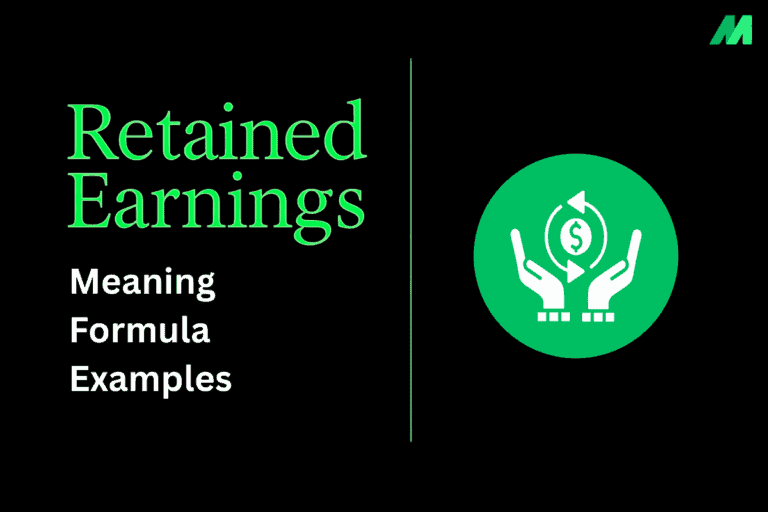Little did the 7-year-old girl, who crossed into India during Indo-Pak partition, know that she would be running a baking company with a Rs. 7,535 crore market cap.
Married off at a young age while she was pursuing her bachelor’s degree from Miranda College, this is the story of Miranda Bector.
It is seldom that we see individuals are able to convert their passion into a viable business that too being a woman who has numerous household responsibilities.
So how did Mrs. Bector reach this milestone? Let’s flip through some important pages of her life.
1. Migration from Lahore to Delhi
Rajni Bector was born in 1940 in Karachi, which is now in Pakistan.
She spent her early years in Lahore, where her father was an accountant general and other relatives held high-ranking government positions.
During the Partition of India in 1947, her family was among those who migrated from Lahore to Delhi. She witnessed traumatic scenes of violence during the migration.
Bector completed her schooling and joined Miranda House College in Delhi University.
At the young age of 17 in 1957, she got married to Dharamvir Bector, a businessman from Ludhiana, Punjab. After marriage, she continued her studies and graduated from Miranda House.
She moved to the relatively smaller and more conservative city of Ludhiana after her marriage into the Bector business family. Her mother-in-law held traditional views about women working outside the home.
2. Selling Ice Cream at Local Fair
In the late 1970s, Rajni set up a small stall selling homemade ice cream at a local fair in Ludhiana, which was an instant hit compared to established brands like Kwality.
Encouraged by the positive response, she started offering cooking classes and selling her ice creams, puddings, cakes, cookies, and buns from her backyard kitchen.
Her husband Dharamvir insisted she sell the products under a brand name.
Since cream was a key ingredient, they named the brand “Cremica” (cream ka).
Word of mouth spread quickly, and Rajni became a household name in Ludhiana for her delicious recipes
3. The Backyard Bakery
In 1978, with an initial capital of just Rs. 20,000 that was gifted to her by her mother.
Rajni and Dharamvir set up a small bakery in their backyard, marking the inception of Mrs. Bector’s Food Specialities Limited.
In 1985, they established their first bread unit in Punjab, producing 5,000 loaves per day
As demand grew, Rajni expanded her operations, opening more manufacturing facilities across India
4. Becoming McDonald’s Sole Supplier in India
By the mid-1980s, her business was booming and she kept adding production capabilities in Punjab. Her two sons Akshay and Anoop joined the business around this time.
In 1995, when McDonald’s was scouting for suppliers across India after entering the market, they selected Mrs. Bector’s Food Specialities (Cremica brand) after strict trials that went on for a year to supply burger buns.
5. India’s first vegetarian mayonnaise
Traditionally, mayonnaise is made with egg yolks as a key ingredient, which makes it unsuitable for vegetarians and those with egg allergies.
Recognizing this gap in the market, Mrs. Bector’s Food Specialities developed a vegetarian mayonnaise under the Cremica brand.
5. Early Investment by Goldman Sachs and IPO
In 2006, Goldman Sachs acquired a stake in the company to fund expansion plans.
In 2010, when the company was facing some difficulties, Motilal Oswal Private Equity bought out Goldman Sachs’ 21% stake for around Rs. 70 crore.
In December 2020, Mrs. Bector’s Food Specialities went public with an IPO that raised around Rs. 541 crore. The IPO was oversubscribed 198 times.
6. Financials and Working
The company manufactures products under its flagship brand ‘Mrs. Bector’s Cremica’ for biscuits and ‘English Oven’ for bakery items.
It has 10 manufacturing facilities across India and exports products to over 60 countries.
For 9M FY2024, revenue stood at ₹1,016 crore, up 38% year-on-year.
The company’s market capitalization as of May 2024 is around ₹7,500 crore.
What to Learn from Mrs. Bector Journey
Start small, think big: With just Rs. 20,000 as initial capital, Mrs. Bector started a small ice cream manufacturing unit in her backyard.
Keep Innovating: Mrs. Bector was constantly experimenting with new recipes and flavors, leading to innovative products like vegetarian mayonnaise and cottage-style potato crisps.
Seize opportunities: When McDonald’s entered the Indian market, Mrs. Bector seized the opportunity to become their supplier for burger buns.
Adapt to changing times: Mrs. Bector adapted to changing market conditions, such as the demerger and segregation of her joint family business, and still capitalized on new opportunities.




